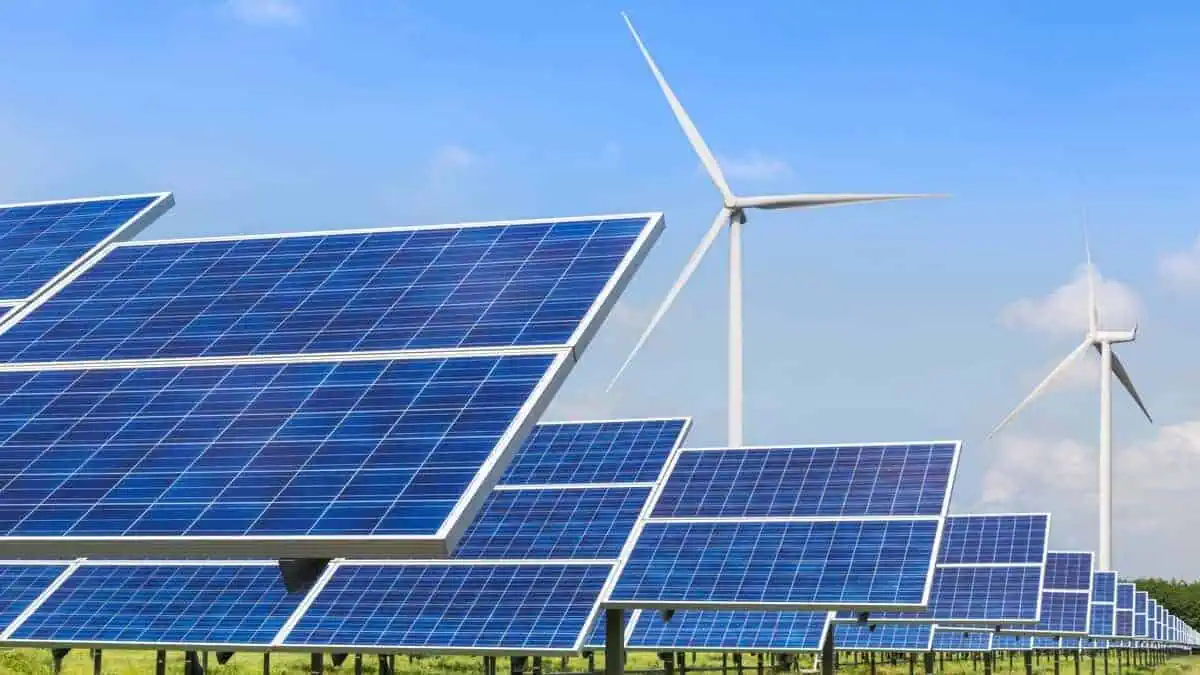Wind and solar recorded a new high of 12% of global electricity last year, per think tank Ember‘s latest report.
Notably, that figure apparently indicates a remarkable increase from just 10% in 2021. According to experts, emissions from the power industry peaked last year.
Global Electricity Review
For context, the fourth annual Global Electricity Review from Ember includes electricity statistics for 2022. It encompasses 78 nations or 93% of the world’s electrical demand.
Wind’s share in global electricity generation grew by 7.6% in 2022, up from 6.6% in 2021. Meanwhile, solar’s share reported a year-on-year increase from 3.7% to 4.5% last year.
The good news is that the report predicts that wind and solar will usher in a new period of declining fossil-fuel output as early as 2023. As a result, there would be a decrease in emissions from the power sector.
“In this decisive decade for the climate, it is the beginning of the end of the fossil age.
We are entering the clean power era.”
Małgorzata Wiatros-Motyka, report’s lead author
Findings
In 2022, an astounding 80% global electricity demand upsurge was satisfied by the growth of wind and solar generation.
The report noted that the surge in the wind and solar prevented the growth in coal generation (+1.1%, or +108 TWh), despite the worldwide gas crisis and worries about a return to coal.
In the same year, gas power generation marginally decreased (-0.2%, or -12 TWh).
Yet, these data still indicated that emissions from the power sector rose by 1.3% in 2022, setting a record high.
Nonetheless, analysts are hopeful that the “peak” of electricity emissions and the concluding year of fossil-fuel generation growth was reached last year. The report also indicated that green energy could potentially satisfy all demand increases in 2023.
The generation of fossil fuels would thus decrease somewhat this year (-0.3%).
If the deployment of wind and solar energy advances, there will be even bigger declines in the years to come.
Electricity sector must achieve net zero by 2040
The International Energy Agency asserts that the electricity sector must be the first to achieve carbon neutrality by 2040 for the economy to actually hit its 2050 target.
Therefore, wind and solar must reach 41% of global electricity by 2030. That figure represents a significant increase from just 12% in 2022.
“The stage is set for wind and solar to achieve a meteoric rise to the top. Clean electricity will reshape the global economy, from transport to industry and beyond. A new era of falling fossil emissions means the coal power phase-down will happen, and the end of gas power growth is now within sight. Change is coming fast.
However, it all depends on the actions taken now by governments, businesses, and citizens to put the world on a pathway to clean power by 2040.”
Małgorzata Wiatros-Motyka, report’s lead author






